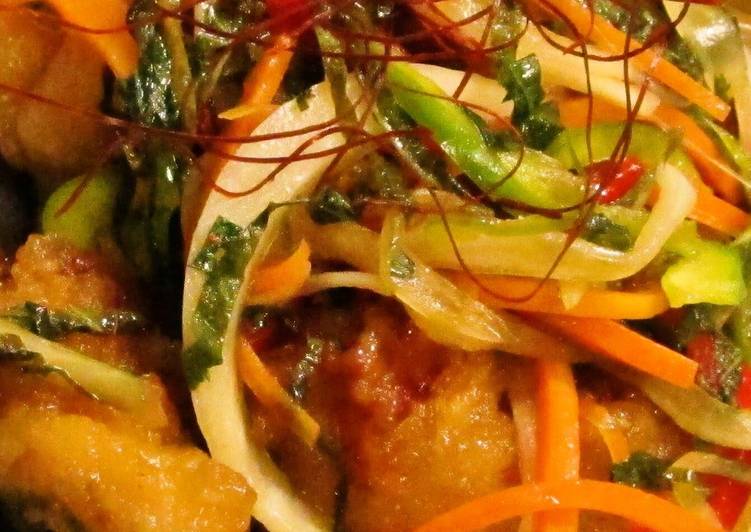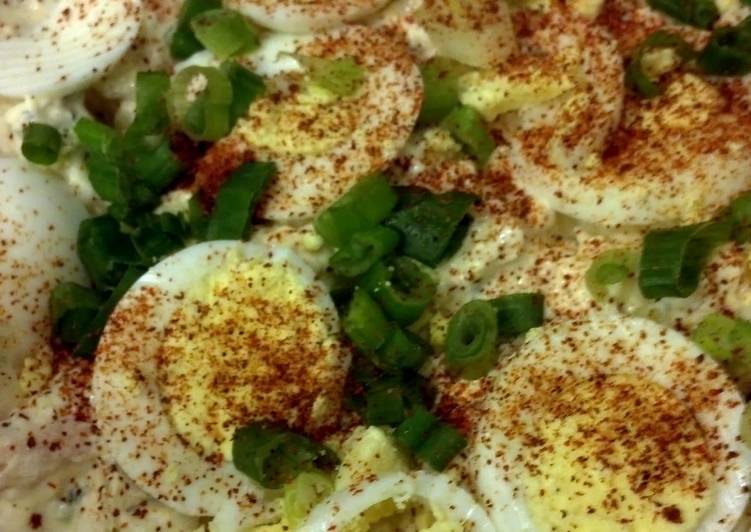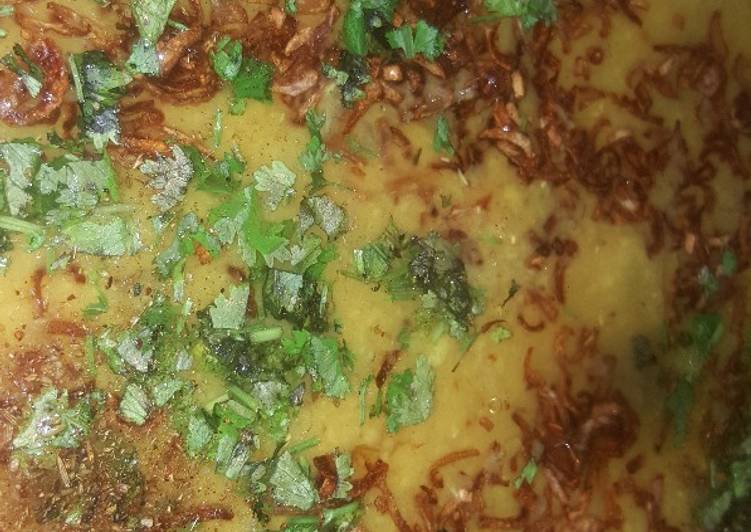
Hello everybody, it is me, Dave, welcome to our recipe page. Today, I’m gonna show you how to make a distinctive dish, chicken with nanban sauce. One of my favorites. For mine, I’m gonna make it a little bit unique. This is gonna smell and look delicious.
Authentic Chicken Nanban recipe, made with fried chicken coated in a crispy egg batter that's soaked in a sweet and sour nanban sauce. JuJust as the Portuguese dish evolved after arriving in Japan, Chicken Nanban has seen its share of changes as it spread back around the globe. Homepage > Recipes > Chicken Recipes > Chicken Nanban with Tartar Sauce Recipe (Tender Juicy Fried Chicken Dipped in Sweet Vinegar Sauce).
Chicken with Nanban Sauce is one of the most well liked of recent trending meals in the world. It’s simple, it is quick, it tastes yummy. It’s enjoyed by millions every day. Chicken with Nanban Sauce is something that I have loved my whole life. They are fine and they look wonderful.
To begin with this particular recipe, we have to prepare a few components. You can cook chicken with nanban sauce using 16 ingredients and 7 steps. Here is how you can achieve that.
The ingredients needed to make Chicken with Nanban Sauce:
- Make ready 2 Chicken thighs
- Make ready 1 Green pepper
- Make ready 1 Red bell pepper
- Get 1/2 Carrot
- Prepare 1/2 Onion
- Get 20 Shiso leaves
- Get 1 Chili threads
- Make ready 1 Katakuriko
- Prepare To make the chicken marinade:
- Get 1 tbsp each Sake, mirin, and soy sauce
- Make ready 1 tsp Juice of grated ginger
- Take To make the nanban sauce:
- Get 2 tbsp each Soy sauce and mirin
- Take 1 tbsp each Sake and sugar
- Make ready 2 Red chili pepper
- Take 5 tbsp Vinegar
This succulent chicken dish originated in Miyazaki Prefecture in the far South of Japan. Topped off with rich tartar sauce, this dish is particularly nice with a side of chips or new. Chicken Nanban is deep-fried chicken with tartar sauce, a dish from Miyazaki prefecture in Kyusyu, the southern big island of Japan. They say that Chicken Nanban was first developed for employees in restaurant in Miyazaki.
Instructions to make Chicken with Nanban Sauce:
- Julienne the vegetables into 2-3 mm strips. If you roll the shiso and then slice, it will come out neater. Remove the seeds from the chili pepper and chop finely.
- Cut off the thick portion of the chicken and cut to make the thickness uniform with the rest of the chicken. Cut into bite-sized pieces and then place in a shallow metal tray. Add the marinade and let it marinate for 30 minutes.
- Combine all of the nanban sauce ingredients except for the vinegar. Heat it up on the stove. Once the sugar dissolves, pour it over the vegetables while still hot. Once it has cooled, add the vinegar.
- Coat the chicken with katakuriko and slowly and deliberately deep-fry in 170℃ oil. Once fried, place right onto the tray with the vegetables and nanban sauce.
- Once cooled, transfer everything to a container with a lid and chill in the refrigerator for 1-2 hours.
- When the time has passed, arrange on a dish, garnish with threaded chili pepper, and it's done.
- Here is a recipe for Miyazaki Prefecture's well-known chicken nanban:. - - https://cookpad.com/us/recipes/144053-miyazakis-specialty-chicken-nanban
Japanese food is so healthy because it gets its flavor from spices and carefully brewed stocks rather than from copious amounts of oil. But that doesn't mean Japanese food doesn't taste good (visit any sushi restaurant and order a tuna roll and you'll literally have a mouthgasm). Nanban sauce or vinegar is most commonly used for nanban dishes. Add the remainder of soy sauce and sake. Pat chicken with paper towel to remove excess liquid.
So that is going to wrap it up for this special food chicken with nanban sauce recipe. Thanks so much for reading. I’m confident that you will make this at home. There is gonna be interesting food at home recipes coming up. Don’t forget to save this page on your browser, and share it to your loved ones, friends and colleague. Thanks again for reading. Go on get cooking!

